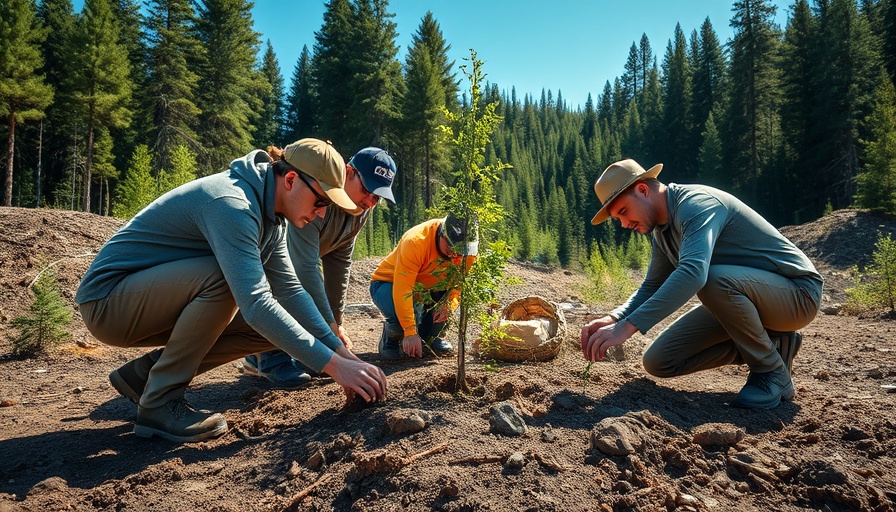
The Hidden Highways of the Amazon
Rarely celebrated are the hidden conduits threading through the vibrant ecosystems of Brazil, connecting the Atlantic and Amazon rainforests. New research illuminates these "highways," primarily consisting of riverside forests, that have supported the survival and dispersal of tree species over millions of years. These ecological pathways are not merely geographical landmarks; they span hundreds of miles and serve as lifelines for biodiversity in densely separated habitats.
Innovative Research Techniques Uncover Biodiversity
This groundbreaking study, led by the University of Exeter and the Royal Botanic Garden Edinburgh, has harnessed advanced genomic techniques that reveal a rich tapestry of tree species movement. By analyzing DNA from 164 Inga tree species, scientists reconstruct a family tree that unfolds the historical narrative of these trees' evolution and adaptations. This novel approach overturns previous assumptions that species interactions were confined to long-past wetter climates.
Environmental Implications of Conservation
Not only do the findings underscore the intricate dynamics of forest species, they carry a significant environmental message. The critical role of riverside forests cannot be overstated. Protected by South American laws, conserving these ecosystems fosters biodiversity and ensures the continuity of tree species exchange between the two great forests. The research suggests that preserving these areas is essential for sustaining the ecological balance, as they act as genetic reservoirs vital for the long-term survival of species.
Future Research Directions
The revelations of this study open new avenues for future research. Understanding how tree species adapt to changing climates and diverse environmental pressures will be paramount in developing conservation strategies. Additionally, exploring the socio-economic overlapping of community needs and biodiversity could further inform effective policy-making in the region.
 Add Row
Add Row  Add
Add 




 Add Row
Add Row  Add
Add 



Write A Comment